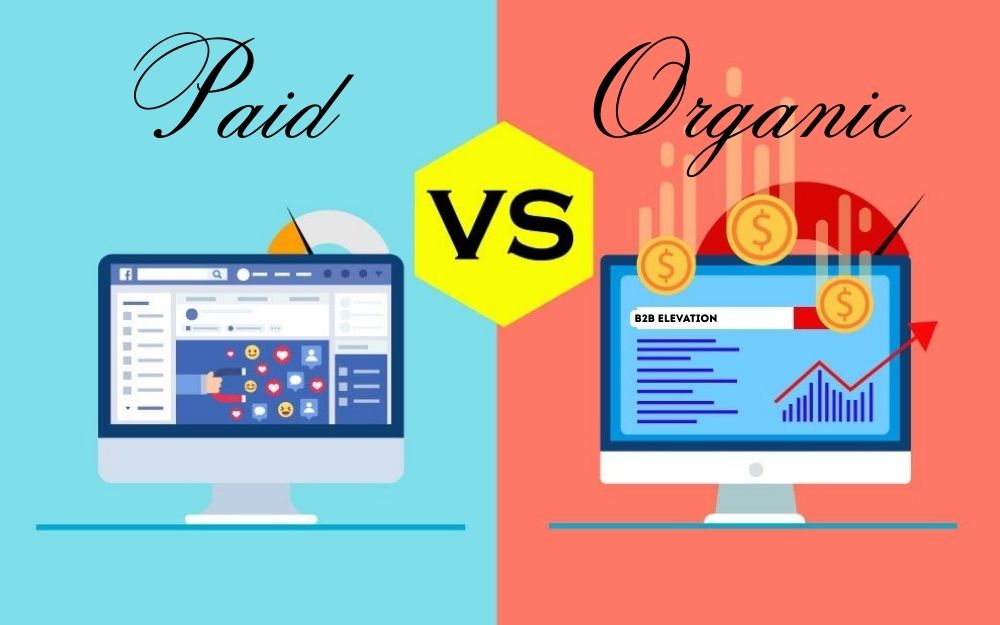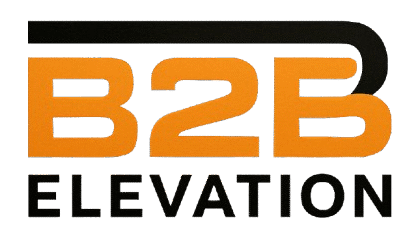How to Choose the Right Distribution Channels for B2B Content Marketing

In digital business, high-quality content matters the most in attracting and converting potential customers. B2B content marketing is all about creating valuable content that interacts other businesses directly.
Unlike B2C, where conversions drive leads, B2B buyers always look for authority, trust, and practical solutions. Even if you create quality content but without a proper distribution channel, it may never reach the right people who need it.
Choosing the right distribution channel makes sure that your content gets seen by the right people at the right time. It helps businesses to drive more sales and increase engagement.
Role of Distribution Channels in B2B Marketing
A content distribution channel is a way through which your content reaches its target audience.
In B2B marketing, channels often distributed into three main categories:
- Owned Media: Your own platforms like your website, blogs, and email lists.
- Earned Media: Cover platforms through like guest posts, shares, and mentions.
- Paid Media: Paid Advertising, like PPC campaigns, promoted content, and sponsored posts.
The most effective B2B marketing strategy is to implement a mix of all three, achieving broad reach while maintaining cost efficiency.
Factors to Consider When Choosing Distribution Channels
All distribution channels are not created equally. To choose the best distribution channel for your content, keep these factors in mind:
- Target Audience: who is your target audience? For example, If you want to target executives then LinkedIn is a better option, while Twitter is ideal for industry updates.
- Marketing Goals and KPIs: Are you targeting lead generation, customer retention, or brand awareness? Each goal requires a different channel focus.
- Content Type and Format: Podcasts, videos, whitepapers, and blogs perform well on different platforms.
- Budget and Resources: Some channels, like paid ads, require direct investment, while others, such as SEO and blogging, demand time and consistency.
By aligning these factors, you can avoid wasting resources and focus only on channels that truly deliver results.
By considering these factors, you avoid wasting time and resources, and focus on channels that deliver real results.
Key Distribution Channels for B2B Content Marketing
There are different ways to share your content, but not all channels provide the same results. The key is to choose the right platform for your content, one where your target audience is most active and engaged.
Email Marketing
Email marketing is still one of the biggest and powerful channels, allowing you generate the leads directly. Content such as product updates, case studies, and personalized newsletters tends to perform best.
Social Media Platforms
Different social media platforms perform differently for different niches. LinkedIn is ideal for B2B marketing, as it’s filled with executives and decision-makers. Twitter is best for industry trends and quick updates, while YouTube is effective for tutorials and product demos.
SEO and Company Blogs
A blog with SEO help can rank on search engines organically, ensuring that potential buyers find you when they search.
Webinars and Podcasts
Webinars and podcasts allow you to position your brand as a thought leader while directly facing you with your audience.
Industry Publications and Guest Posting
This marketing technique allows you to featured on well-known industry sites, build authority and represent your brand to their audience.
Paid vs. Organic Distribution in B2B Marketing

Paid and organic distribution both play an important role in B2B content marketing.
- Organic Reach: You can share your content through your website, blog, or social platforms to target your audience without paid promotion. This organic method helps you to build long-term authority that grows with time and it is a cost-effective way.
- Paid Promotion: It helps you generate leads quickly but for limited time. You can work through paid campaigns like PPC campaigns, paid social ads, and sponsored posts.
If you mix both of these strategies, the results come quickly and for a long-term. Organic content helps you to build trust while paid campaigns amplify reach.
Evaluating the Performance of Your Distribution Channels
Once your content is out, you need to measure its performance. This ensures you’re not investing in channels that don’t deliver. Key metrics include:
Once you share your content on distribution channels, start measuring its performance.This helps you to not invest in channels that don’t deliver results. Key metrics include:
- Conversion Rates (sign-ups, form fills, downloads)
- Engagement Rates (Shares, comments, likes)
- CPL (Cost per Lead)
- Source of your Traffic
Tools like Google Analytics, LinkedIn Analytics, or HubSpot provide you a clearer picture of your performance.
Common Mistakes to Avoid in Channel Selection
Many B2B marketers fail not because of poor content but because they are using channels poorly. Some common mistakes made by marketers include:
- They try to publish their content on every platform at once without mastering any.
- Posting on Twitter when you target customers on LinkedIn.
- Relying solely on SEO limits your reach or email
Case Studies: Successful B2B Distribution Strategies
- Tech Company on LinkedIn: A software provider generates thousands of leads and builds brand awareness by sharing case studies on LinkedIn.
- SaaS Business Using Email and Webinars: A SaaS company combined email nurturing campaigns with live webinars, converting visitors into permanent clients successfully.
These examples show us that choosing the right distribution channels help businesses in their growth.
Conclusion
Choosing the right distribution channels are important for B2B content marketing success. It is not just about sharing content, it is about having your content seen by the right people at the right time.
Businesses can maximize their ROI by aligning their strategies with goals and continuously measuring campaign results.
An effective approach makes sure that your content is not only published but actually drives engagement, brings in new customers, and builds trust.


